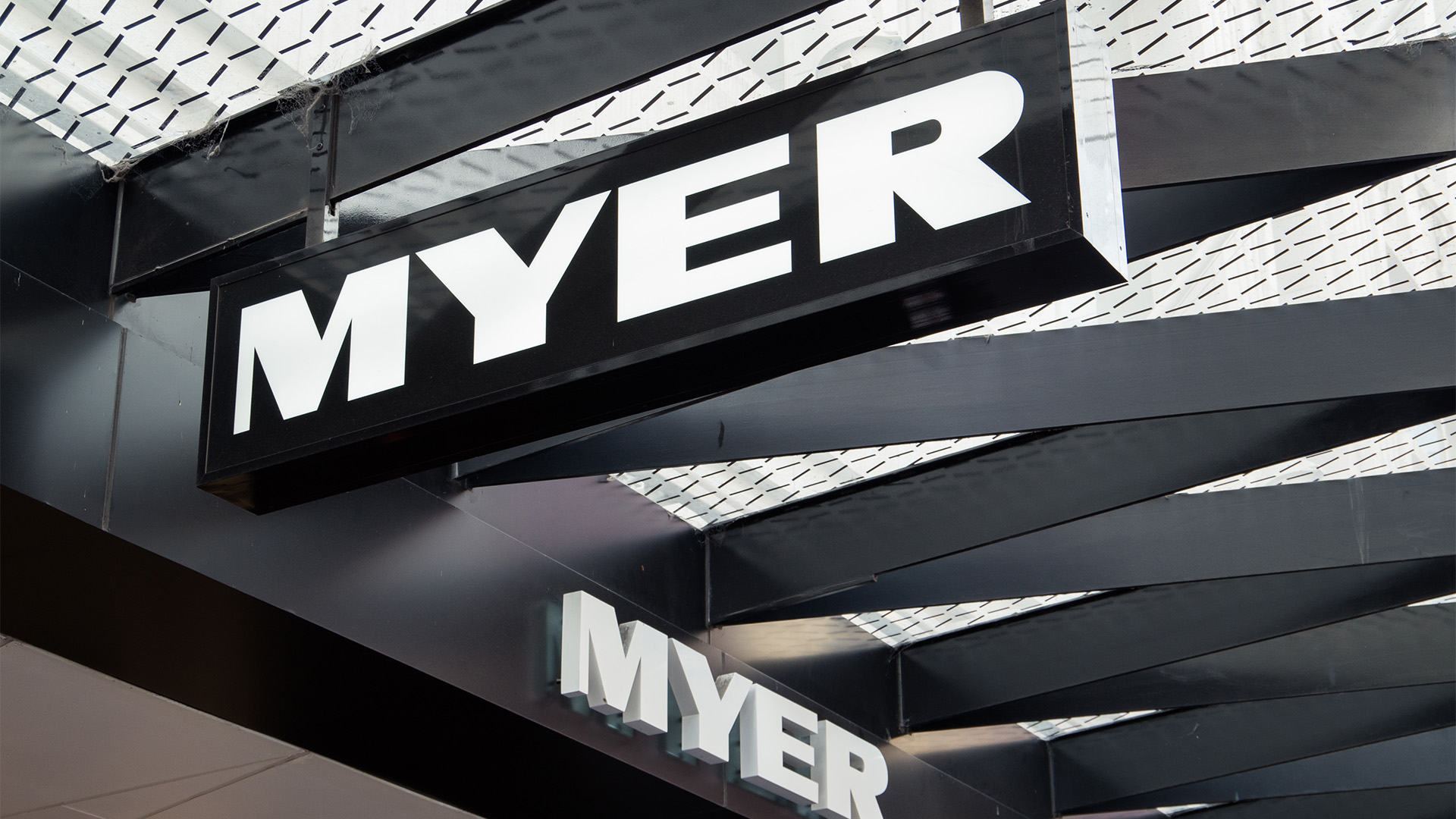China’s Communist Party government has tacitly accepted that the country’s economic growth is going to remain sluggish for the next five years as the country continues to move from its investment boom to consumption led growth.
That means the days of 7% plus growth are well and truly over and the days of growth slowing to a succession new 25 year lows (a silly comparison by western news media) are in prospect.
The country’s National People’s Congress was told in Beijing on Saturday that after growth slowed to 6.9% at the end of 2015, China was now aiming for average economic growth at or above 6.5% a year for the next five years. And in unveiling a draft of its new five-year development plan at the annual meeting of the Congress (China’s parliament), Premier Li Keqiang said the government would target economic growth between 6.5% and 7% in 2016.
News of the lower target for economic growth is not new – but it will confirm the trend seen in early figures for this year from China. Tomorrow sees the release of the trade report for February and on Thursday, we will see the release of the inflation figures for last month.
Trade will again be weak, with lower exports and imports, while inflation will be similar to January, For industry it will be the 48th month in a row of severe deflation.
China has constructed an ambitious five year plan, its 13th, and covering the years from 2016 to 2020. There is a lot of talk of developing new industries, technologies and expansion of cyber activity, driving businesses and services online (where they can be better monitored and controlled).
But there was also a fair dose of realism about reforms needed to restructure existing industries, and a small admission of the enormous costs involved.
The Congress heard confirmation that the government plans major job losses in the key production industries of coal and steel as it looks to eliminate inefficiencies and overcapacity in state-owned enterprises through consolidation and layoffs.
Reuters reported last week that the government aims to lay off 5-6 million state workers over the next two to three years. To make sure this doesn’t call problems or upset locals, the government will spend $US23 billion or more to finance the layoffs in just the coal and steel sectors in the next 2-3 years.
Billions of dollars in extra aid will be needed for other industries in coming years, if the usual battle between the central and provincial governments can be sorted out.
But in talking about these decisions, Premier Li Keqiang has acknowledged the difficulties facing an economy that is slowing rapidly and struggling to transition away from an outdated growth model.
He again pledged to hold the currency “basically stable” and maintain a “basic balance” in China’s balance of payments.
Looking at the coming year, he said that while cutting jobs, the country will also create 10 million new jobs and hold the urban registered unemployment rate below 4.5% in 2016.
The government is targeting average consumer inflation around 3%, unchanged on last year, and money supply expansion of around 13% in 2016, and aims to cap total annual energy consumption at 5 billion tonnes of standard coal by 2020 – the first time it has introduced such a target.
Premier LI said China aims to run a fiscal deficit 3% of gross domestic product, That is still the highest since 1979 and sharply up from last year’s 2.3%, target.
Analysts still expect a budget shortfall of 3.5% because of spending overruns through off-budget channels.
The lower target for economic growth of 6.5% to 7% is down from last year’s target of “around 7%” and actual growth of 6.9%.
On foreign trade, the government aims for a steady rise in import and export volumes, a tacit acknowledgement that trade values are likely to continue falling on the back of weak commodity prices and deflation in the manufacturing sector.
On industry reform, Mr Li said government will “significantly relax” market-entry in electricity, telecommunications, transport, petroleum and natural gas, including removal of “hidden barriers.”
He said the government aims to use the internet to bolster a slowing economy and make the country a cyber power. That is why certain Chinese companies have been designated national champions and allowed to bid for offshore tech companies in the US and Europe in the past year.
Reuters reported: "China is hoping to marry its tech sector’s nimbleness and ability to gather and process mountains of data to make other, traditional areas of the economy more advanced and efficient, with an eye to shoring up its slowing economy and helping transition to a growth model that is driven more by services and consumption than by exports and investment.
"This policy, known as "Internet Plus", also applies to government, health care and education. “As technology has come to permeate every layer of Chinese business and society, controlling technology and using technology to exert control have become key priorities for the government,” Reuters reported.
And unlike Australia, China will lift military spending by 7.6% (confirming stories last week in western media) this year, to keep it in second position behind the US as major military powers.
But that will be the lowest increase in six years, as government continues a modernisation plan that will shrink staffing. Already 300,000 members of the armed forces will be released back into civilian life.













